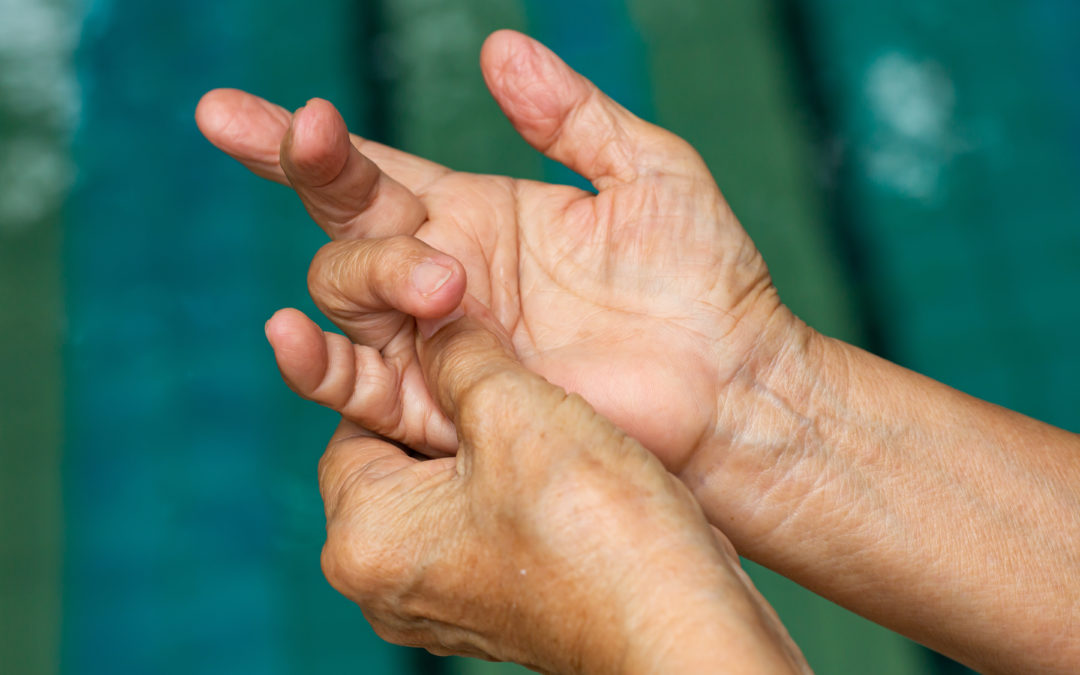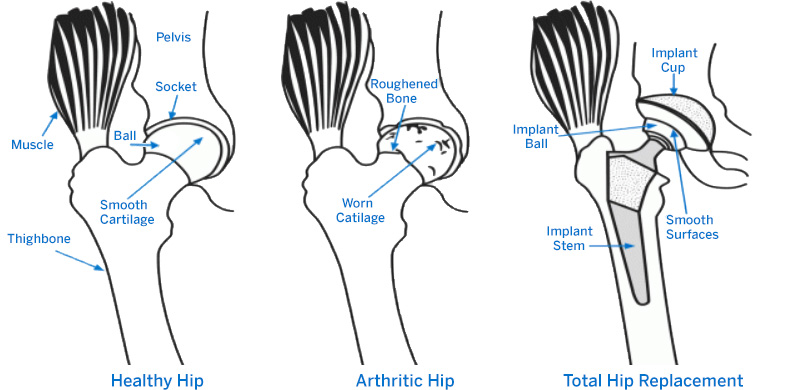Trigger finger is characterized by a sudden pain or difficulty in moving one of your fingers, which can get stuck in a bent position. This condition results from a problem with the tendons in the affected finger. They may even pop or snap when you try to straighten it.
Fortunately, trigger finger doctors can provide treatments to relieve your condition. Let’s talk about the treatments offered by a doctor for trigger finger and where you can go in Clinton Township, MI, for effective pain management.
Recommend Conservative Treatments
There are several trigger finger treatments, depending on your condition’s severity. Your doctor may recommend conservative treatments if your trigger finger is only mild.
Rest
You should rest your finger and avoid activities that stress your condition. However, it would help if you kept the finger moving to prevent it from getting stiff.
Icing
Your provider can also treat the trigger finger with icing to reduce swelling and pain. Wrap an ice pack in a towel and apply it to the affected finger for 15-20 minutes. Don’t apply ice directly to your skin.
Pain Medication
You may need over-the-counter pain medication to reduce pain. If the pain is more severe, you may need a prescription-strength pain reliever or a short course of steroids.
Steroid Injections
If icing, rest, and pain medication do not reduce the pain and inflammation, your doctor may recommend a steroid injection.
A steroid injection is a powerful anti-inflammatory medication injected directly into the affected finger. The steroid helps reduce swelling and pain around the hurt tendon.
Most people experience relief from their symptoms within a few days of receiving a steroid injection. However, the pain and inflammation may return after a few weeks or months. If this happens, you may need to repeat the injection.
Splinting
If you have a trigger finger, your doctor may recommend that you wear a splint at night. It helps keep the affected finger from bending while you sleep.
Wearing a splint can also help reduce pain and inflammation during the day. Your doctor will tell you how long to wear it, but you should for at least six weeks.
Surgery
Sometimes, the trigger finger may not respond to conservative treatments, and surgery may be necessary.
Surgery is typically only for people with a severe trigger finger that does not respond to other treatments. Doctors can use two types of surgery to treat trigger finger: trigger finger release and tenosynovectomy.


